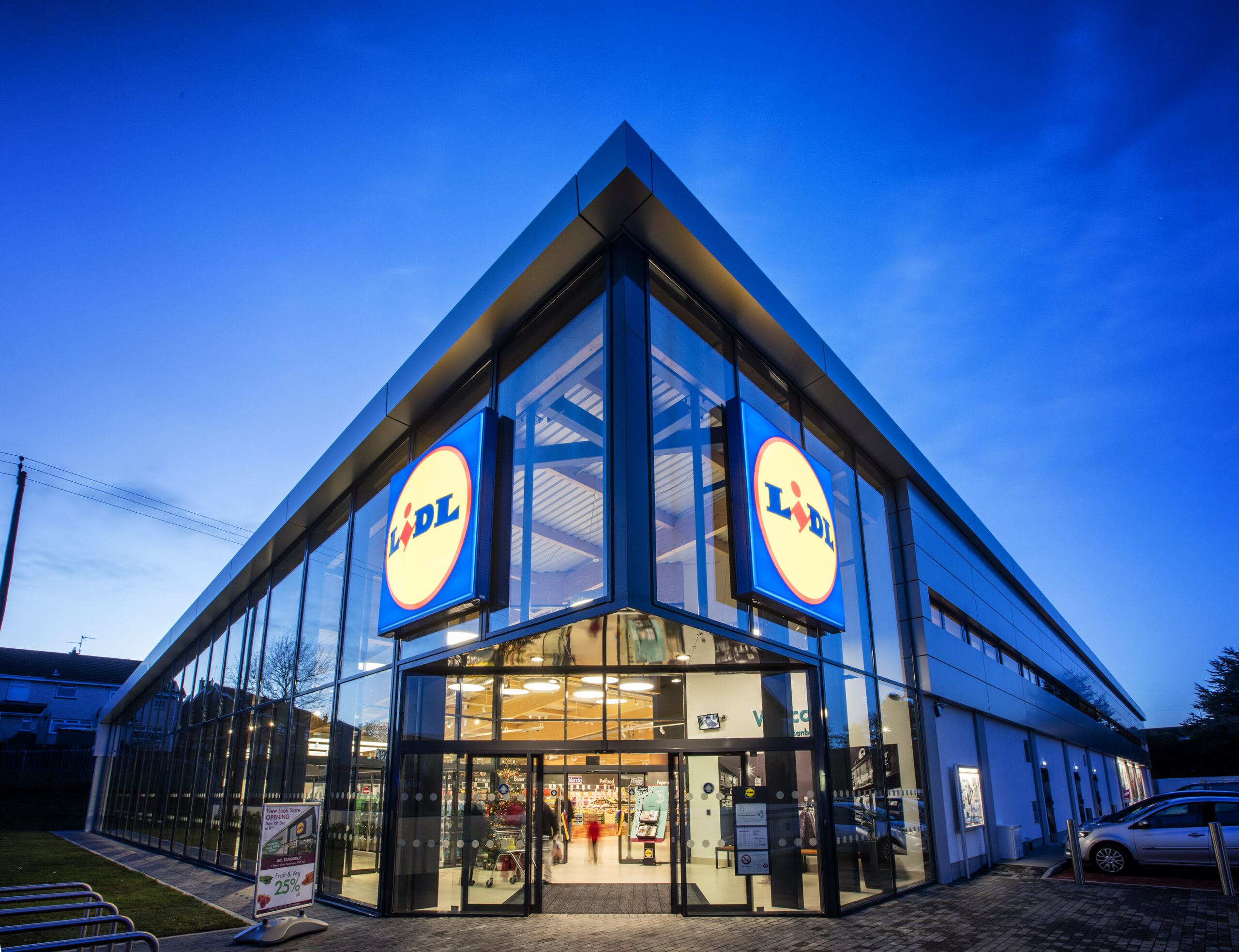Do you know your E from your EI?
Fire safety glass is a crucial inclusion for building construction when it comes to meeting fire safety regulations. However, there remains the potential for some confusion around the different types of fire safety glass available and the characteristics they have. Here, Andy Lake, Sales Director UK& IRE, aims to provide clarity on the three classifications of fire safety glass and how they impact a building’s fire management.

Within the built environment, there are numerous examples of passive fire protection solutions, from fire-stopping products and fire-resistant coatings to fire safety glass. Fire safety glass can be found in a variety of applications, from fire doors and windows to internal partitions and atriums, used to help split the building into a series of fire-safe compartments. As discussed within Approved Document B (Fire Safety), compartmentation can help to slow down the spread of a fire and provide a building’s occupants with a safe escape route.
According to BS EN 13501-2, there are three main types of fire safety glass to be aware of – each with its own performance criteria.
Types of Fire Safety Glass
Integrity (E)
Integrity glass (or ‘E’ classification) offers the base level of performance. When exposed to a fire, it will offer effective and economical protection from flames and smoke, preventing both from penetrating through to the unexposed side. It does not however prevent any transmission of heat in the event of a fire. ‘E’ glass can be manufactured as modified toughened or cuttable wired and laminated glass.
Integrity and Radiation (EW)
Like integrity glass, the EW classification maintains the same level of protection against smoke and flame but with the addition of reducing the level of heat transmitted through the glass. This heat reduction is based on the radiated heat transfer being below 15 kW/m2 on the unexposed side for the duration of the fire. It is possible to have EW glass manufactured in three different methods: as modified toughened, gel-filled toughened or cuttable laminated glass.
Integrity and Insulation (EI)
Finally, EI glass offers the highest level of fire protection. As well as providing a strong and effective barrier against smoke, flame and hot gases, EI also delivers a significant reduction in the amount of heat transferred through, keeping the average temperature increase of the unexposed side to no more than 140°C above its starting temperature.
Multi-Functional Fire Glass
While the immediate thought when it comes to fire protection will likely be the physical blaze itself, it is important to remember the other consequences of a fire. Indeed, it may sound obvious, but building fires have the potential to reach unimaginably high temperatures, with the heat impacting a person’s ability to escape safely in much the same way as the fire itself.
To demonstrate the impact that the heat from a fire can have, in certain settings and conditions it may be possible for items on the unexposed side of the glass, such as papers or clothes, to ignite and combust purely from the level of radiated heat transmitted – should the incorrect fire safety glass classification be installed. It is for this reason that a fire glass test may involve what is known as the ‘cotton pad test’. Here a cotton pad is placed within a small steel frame and applied to the surface of the glass where a small gap or fissure has appeared. If the pad glows, or worse, ignites, then this is used to evaluate the classification of the glass product.
All of that said, it isn’t enough to just install the correct classification of fire safety glass within a building. As an independent product, fire safety glass is not enough and will not guarantee the level of fire protection required. Instead, it is important to take a system approach, with fire safety glass only delivering its intended value if installed as part of a tested and certificated system – including consideration of all components from the frame to the seal and fixings.
